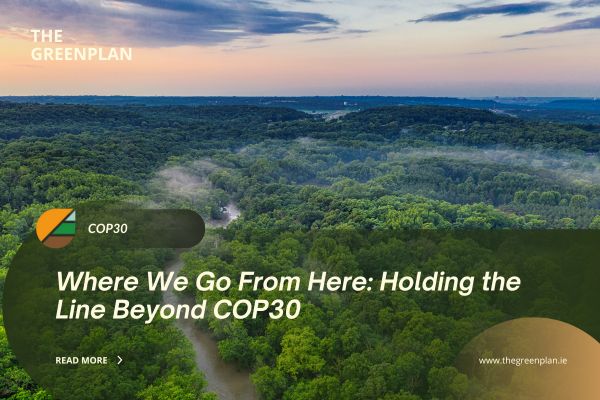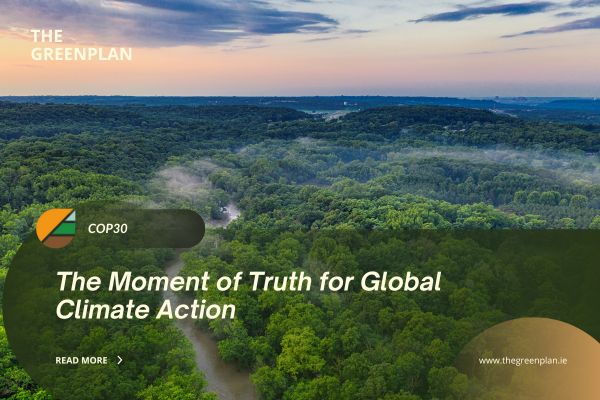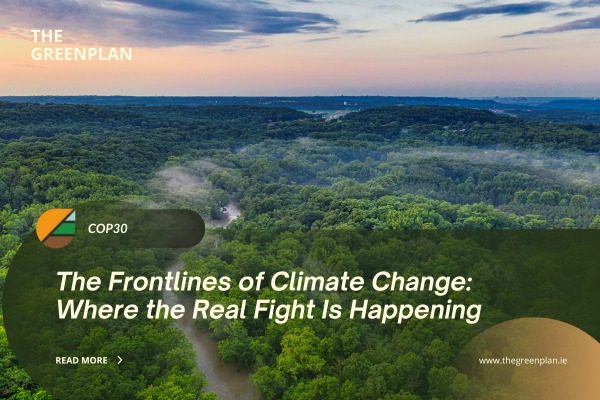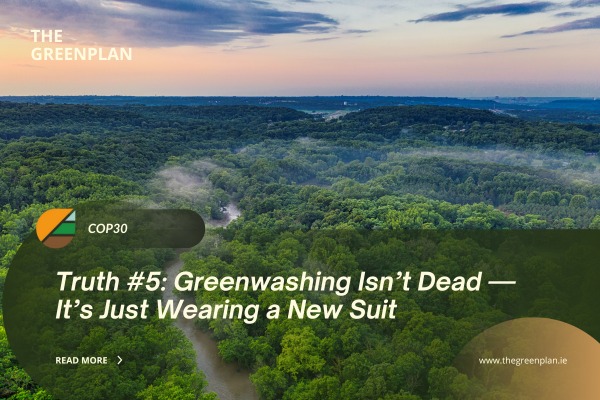It was a moment that made history.
In 2015, under the lights of Paris and the eyes of the world, 195 countries signed the most significant climate accord of our time. The Paris Agreement set out to limit global warming to “well below 2°C” with a stretch goal of 1.5°C. It wasn’t just another climate document. It was a unifying vision, a shared ambition. Finally, the world agreed.
But almost a decade later, we’re off track. Wildly so.
And that raises the hard question: What happened?
The Promise: Unity Over Division
The Paris Agreement was born out of decades of division. It replaced finger-pointing with a common mission. Instead of assigning targets top-down, it invited every nation to submit its own Nationally Determined Contributions (NDCs) a radical shift in diplomacy. The hope was that trust would inspire ambition, and that ambition would inspire action.
It almost worked.
The framework was flexible. The ambition was clear. The mood was optimistic.
But optimism, it turns out, needs more than good intentions to stay alive.
The Pitfalls: Voluntary Vows, Uneven Action
The first and biggest flaw in the Paris Agreement is also its most celebrated feature: its voluntary nature.
Yes, flexibility brought 195 nations to the table, but it also let many off the hook. Countries could submit weak targets with no legal consequences. There was no global watchdog, no enforcement mechanism, no penalty for laggards.
Worse still, many NDCs were vague or uncosted. Some focused only on domestic emissions, ignoring their international footprint. And few addressed the elephant in the room, the fossil fuel industry.
Meanwhile, emissions rose.
The World Since Paris
Since 2015, we’ve seen:
- A temporary dip in emissions due to COVID-19, followed by a rapid rebound.
- Heat records broken year after year.
- A persistent funding gap for Loss and Damage and adaptation support.
- And, most worryingly, a collective failure to stay within the 1.5°C carbon budget.
Yet, and this is crucial, the Paris Agreement still matters.
Because for all its flaws, it gave us a direction. It built a shared language. And it laid down the architecture for climate governance, from the Rulebook at COP24 to the Global Stocktake at COP28.
It’s not the agreement that failed. It’s the execution.
The Path Forward: Repair, Reinforce, Reignite
Here’s what must happen now:
1. Turn Voluntary Into Accountable
The Global Stocktake must become more than a diagnostic. It should drive real political and economic consequences for nations who underperform. Diplomacy without pressure has proven too weak.
2. Raise the Floor – Not Just the Ceiling
Many nations still submit NDCs that fall far short of their fair share. A global baseline for ambition is urgently needed, especially from major emitters.
3. Move from Commitments to Delivery Mechanisms
Too often, countries announce targets without a credible roadmap. Every pledge should come with timelines, financing, implementation plans, and verification systems.
4. Reconnect the People
The public is losing faith in international climate processes. The Paris Agreement must be reclaimed as a people’s document -one that impacts local communities, not just world leaders.
Where The GreenPlan Stands
At The GreenPlan, we’ve always believed in building on what works, not waiting for perfection.
The Paris Agreement gave us a shared goal. What we offer is a shared system to meet it.
We deliver measurable reductions. We empower communities and corporates alike. We drive behavioural change from the bottom up, while still aligning with the top-down frameworks the Paris Agreement introduced.
We don’t just talk about carbon. We count it. Cut it. And help others do the same.
History will remember Paris – but it won’t remember the words. It will remember the results.
We’re at the critical point now where goodwill must become real-world impact. The Paris Agreement laid the foundation. But it’s what we build on top that matters most.
